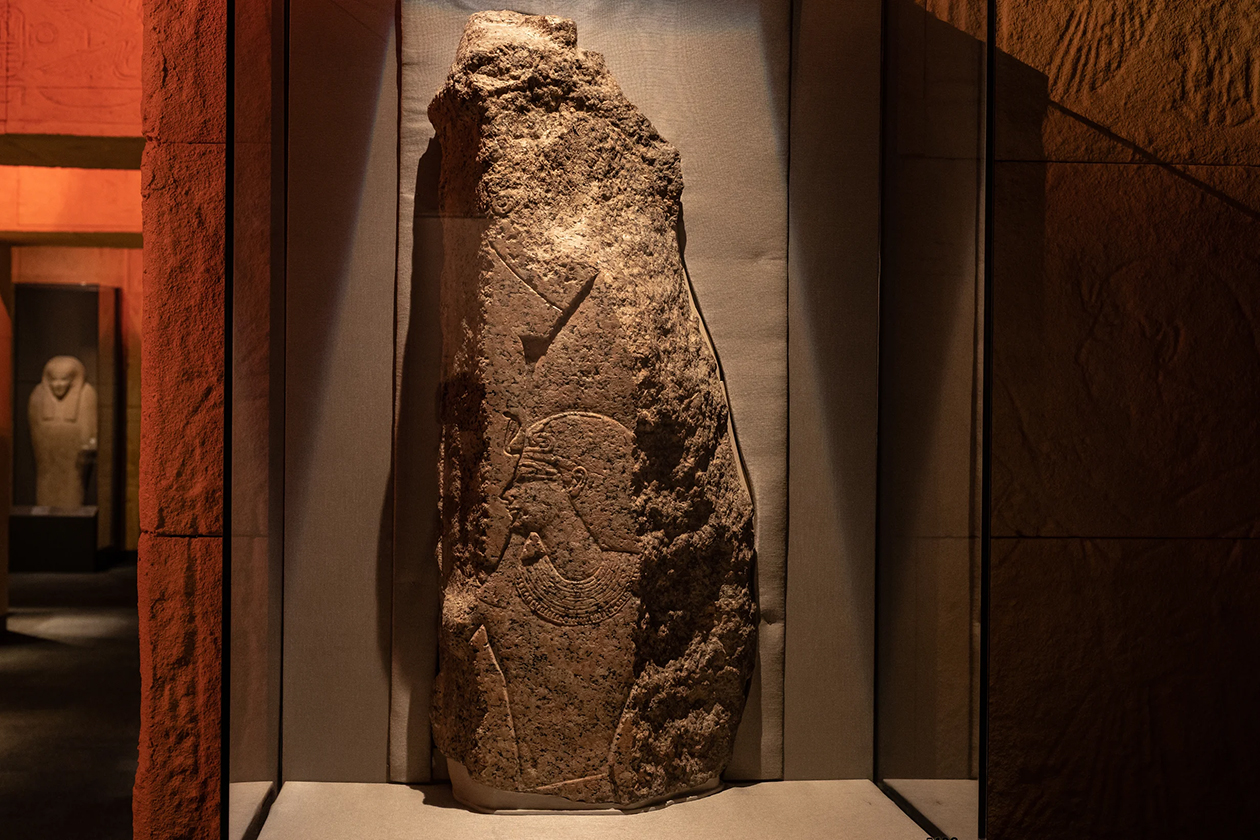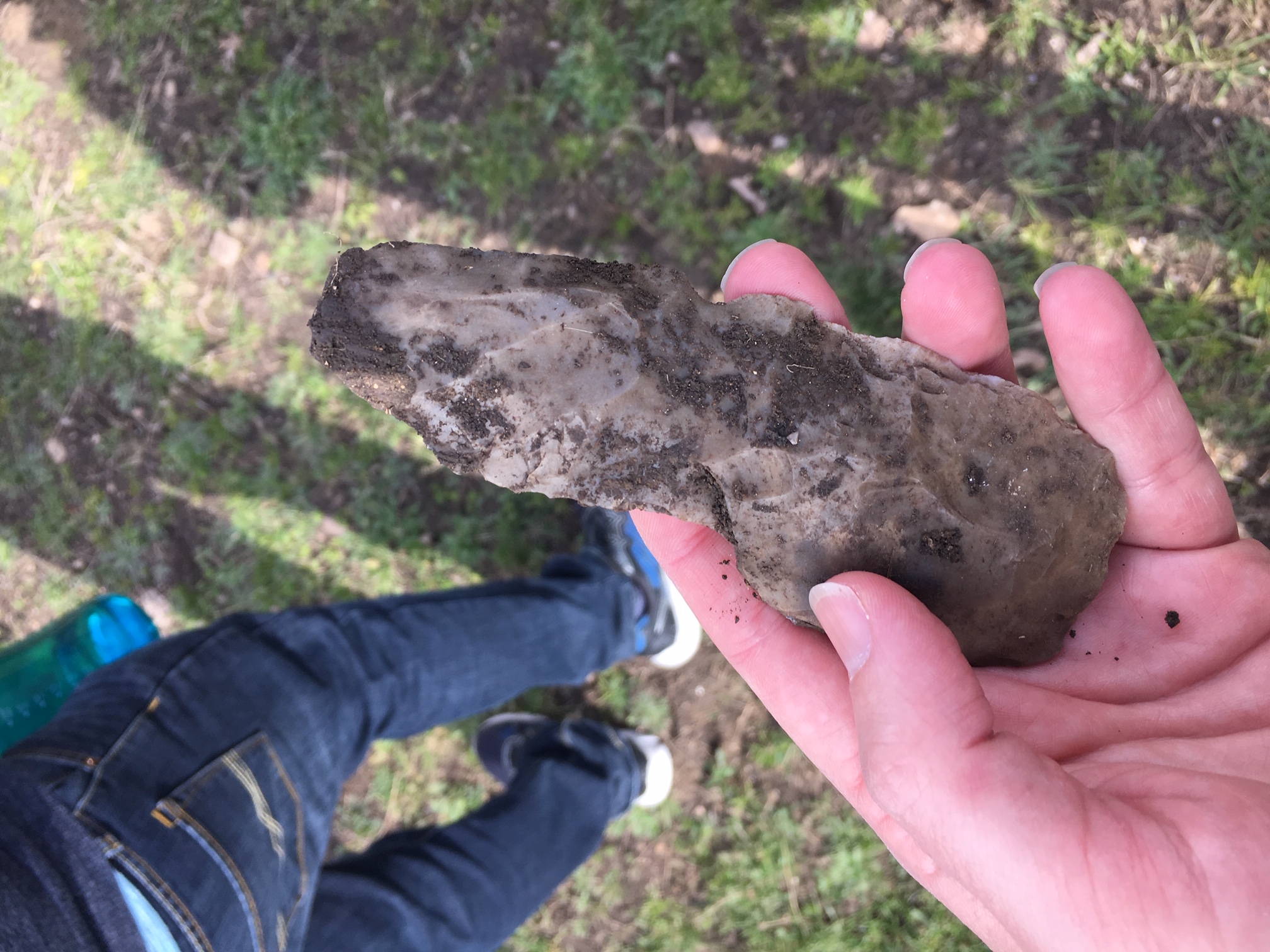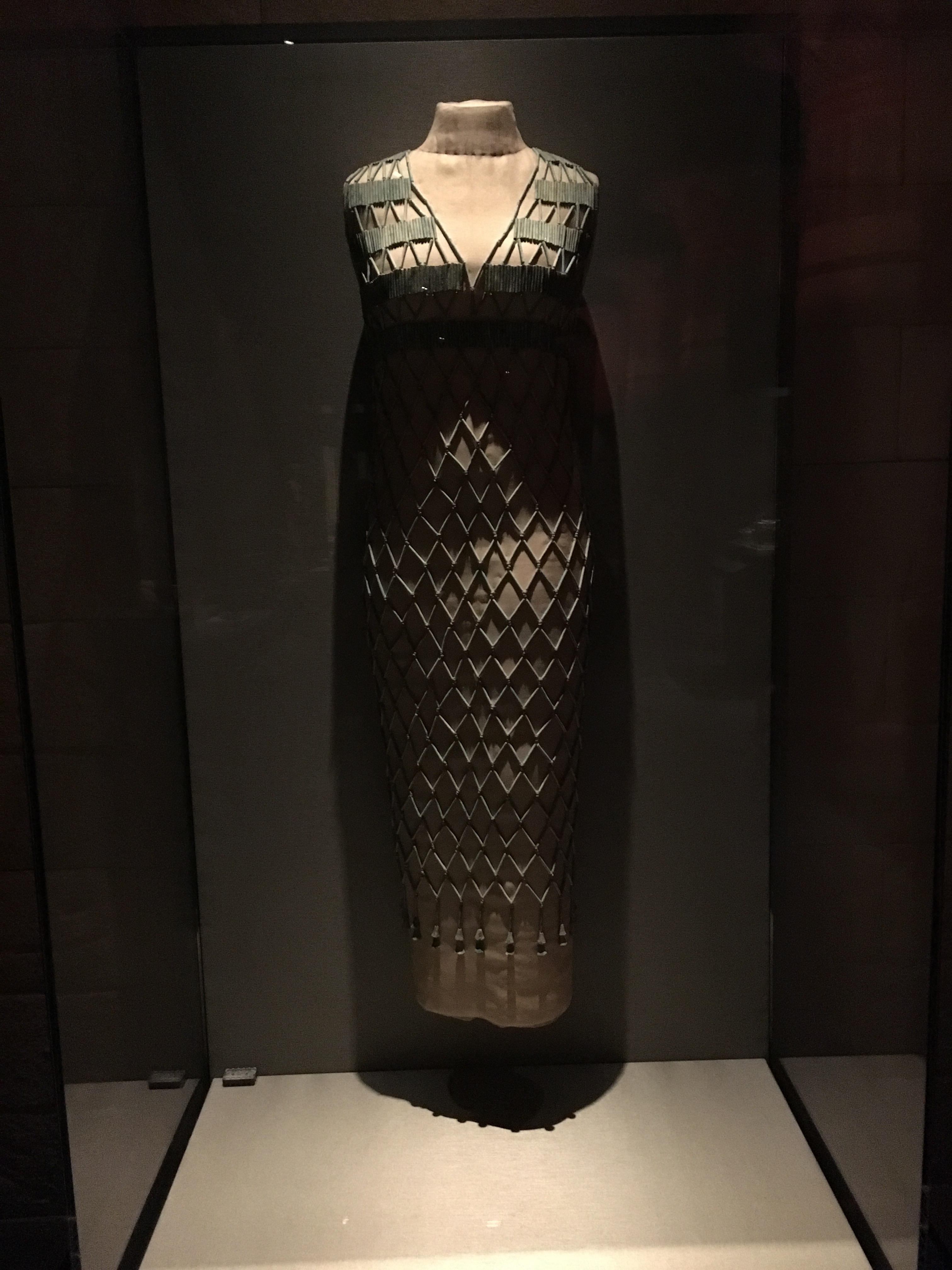Since our new special exhibit Mummies of the World has officially opened for all to come and see, we thought it would be a good idea to publish a series of blogs about the different kinds of mummies featured in the exhibit.
Oh yes, not all mummies are the same. In fact, not all are created on purpose! Although the Ancient Egyptians and a few other cultures around the world mummified their dead in preparation for the afterlife, the bog bodies of Northern Europe were not “prepared” at all.
The most famous bog bodies (aka “bog mummies”) have been found in places like Ireland, Denmark and Germany, and were mummified by completely natural processes. Some of them may have been simply buried by family and friends, others may have been executed or even sacrificed to Celtic of Irish Deities, but all were sunk into the moist, air-tight depths of the local bogs.
The air-tight qualities of the thick, mossy material that make up bogs are part of the reason that the bodies are so well preserved. Without oxygen, bacteria can’t survive to do its dirty business of decomposing dead plant and animal material.
In the cold, acidic, anaerobic environment of a bog, not much other than moss can grow. Sphagnum moss is an important part of the makeup of Northern European bogs. As the moss continues to grow, older layers are buried beneath the surface and die. This dead moss does not decompose in the anaerobic environment of the bog, though. Instead, it is compressed deeper and deeper under the surface of the bog until it becomes peat. During this transformative process, chemicals are released that seem to have a further effect on the preservation of the body. The acidity of these chemicals help to stop the growth of bacteria. Tannins are one type of chemical released during this process. These acids are used in the production of leather (you may have also heard the term thrown around in discussions of wine), and in the bog they may help to preserve the soft tissue.
Bog bodies offer a rare opportunity for researchers too peer into the past and examine the bodies of a culture that did not traditionally preserve the bodies of their dead, and so left relatively small number of well preserved remains to be examined by scientists.
So when you think of mummies, don’t just think of cultures like the Ancient Egyptians, or even those in South America that artificially mummified their dead. Sometimes nature does all the work. Here at HMNS we have even have mummified dinosaurs on display in our Hall of Paleontology!







